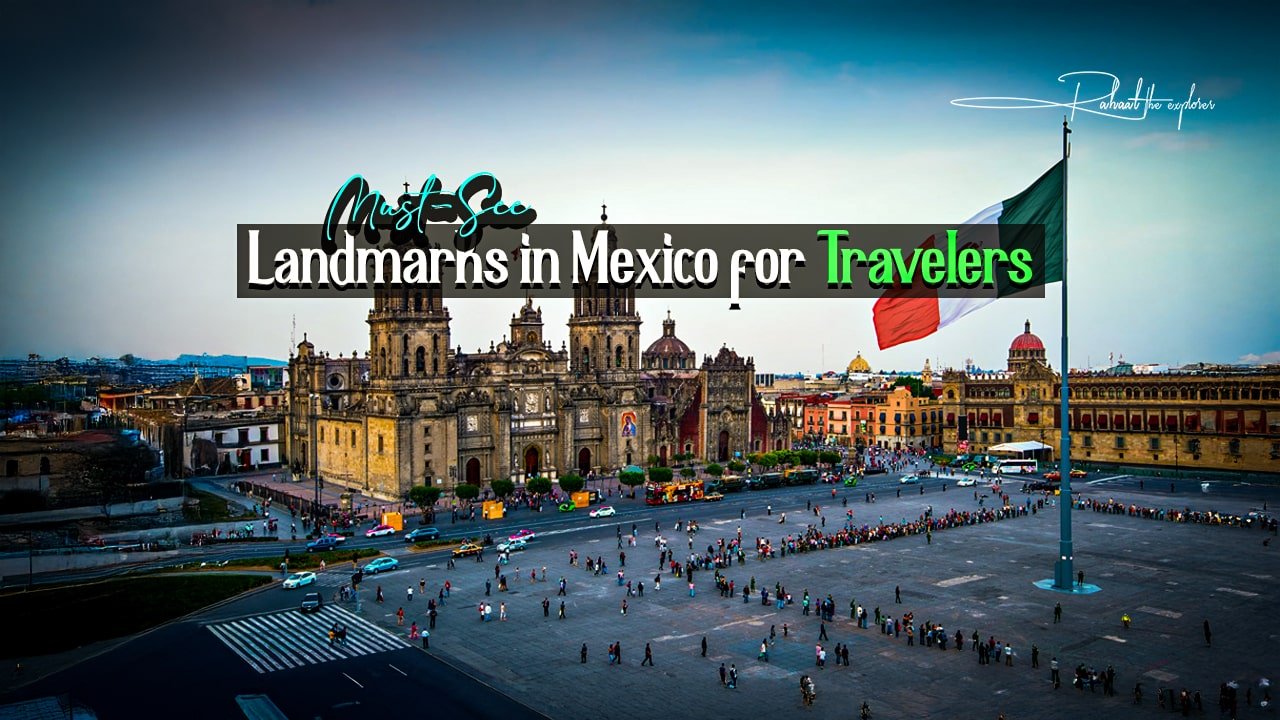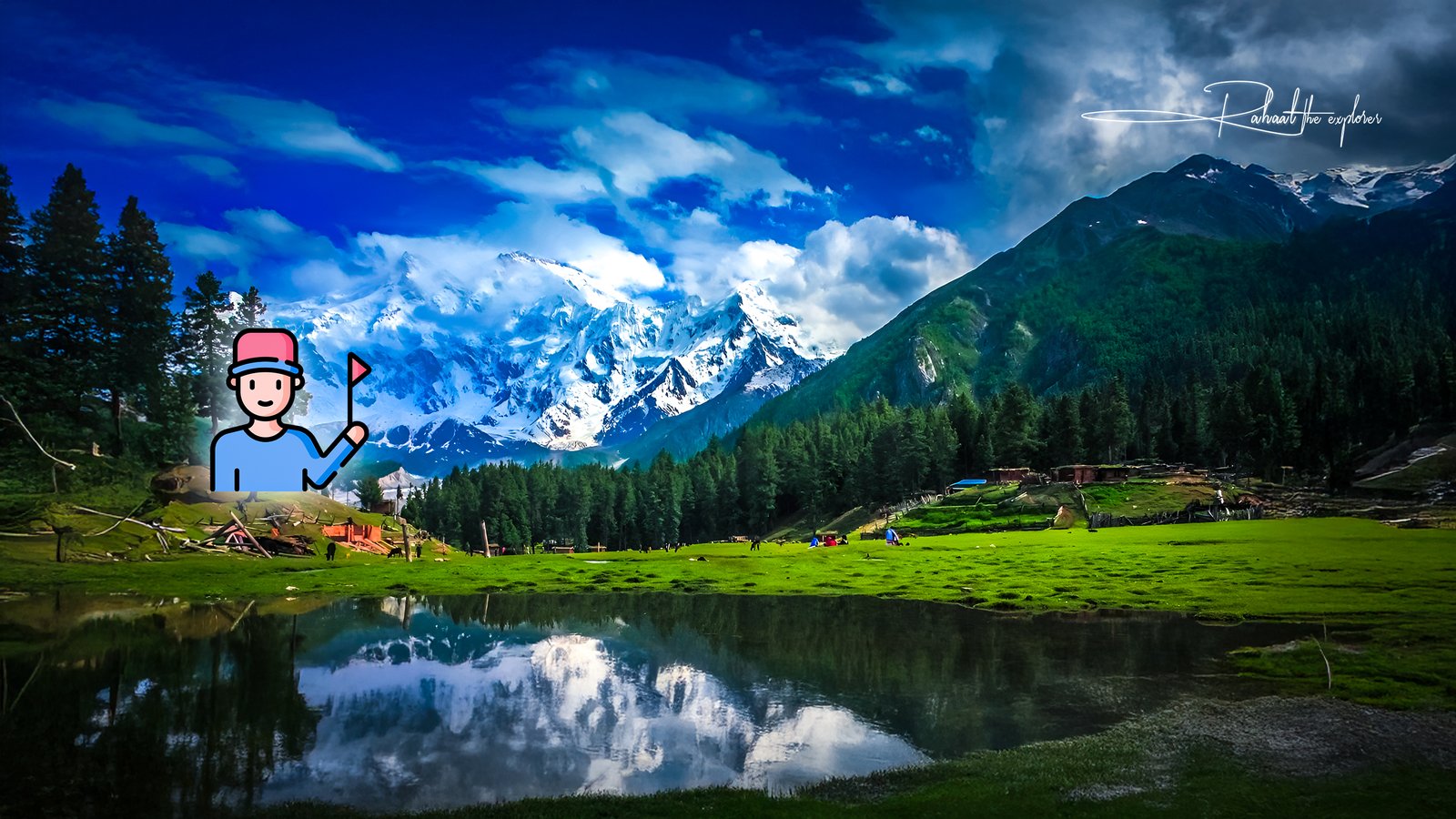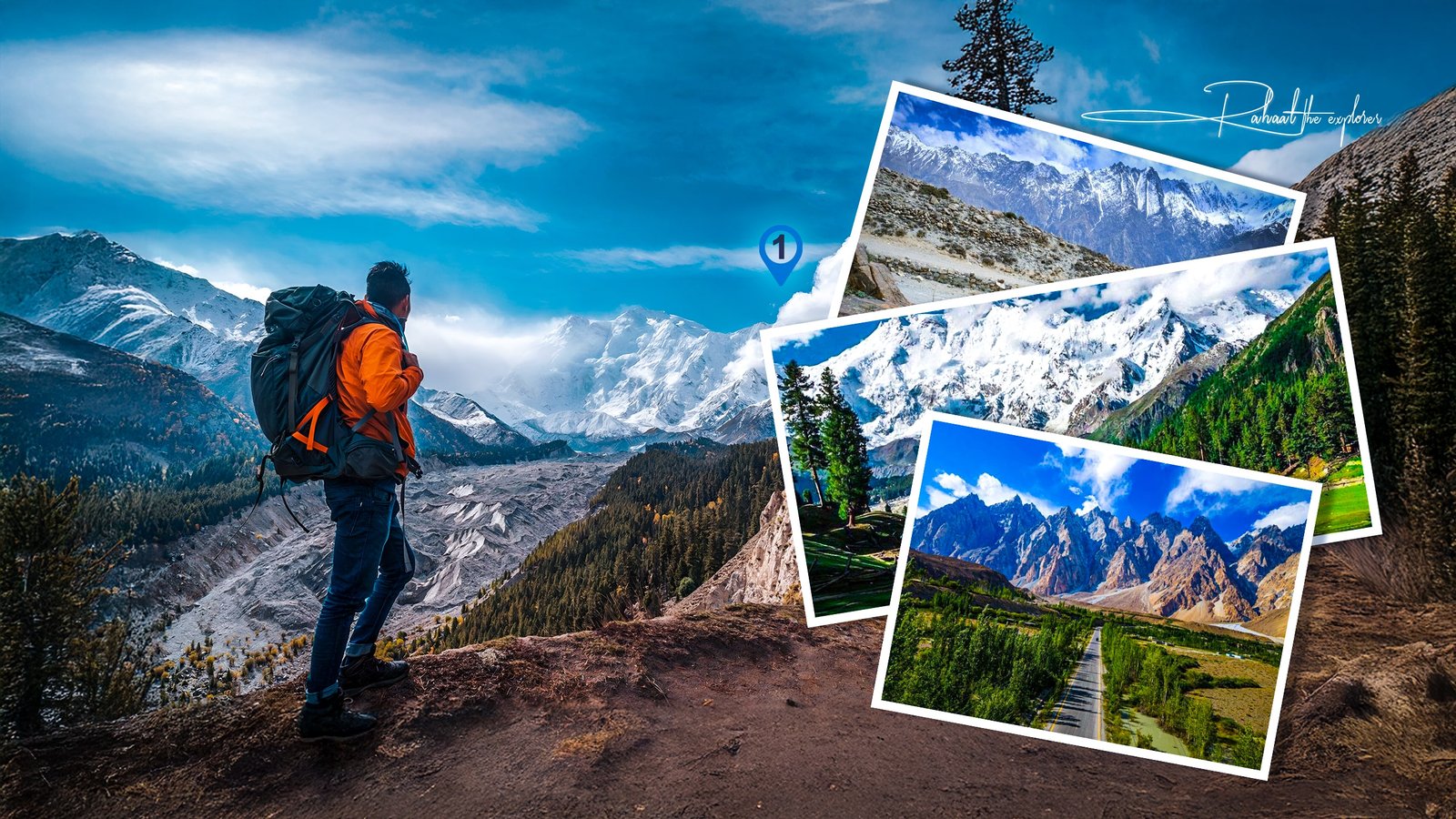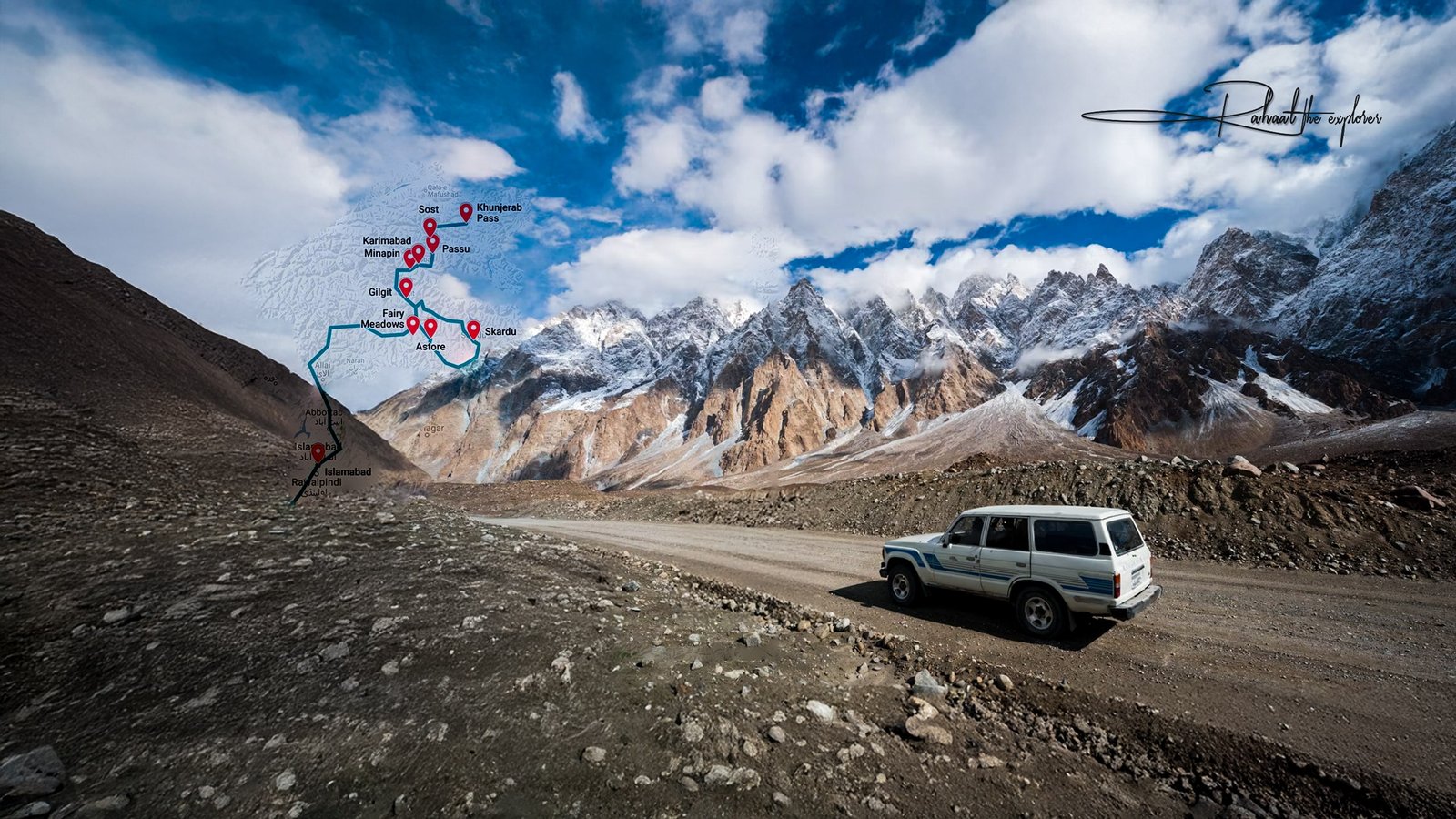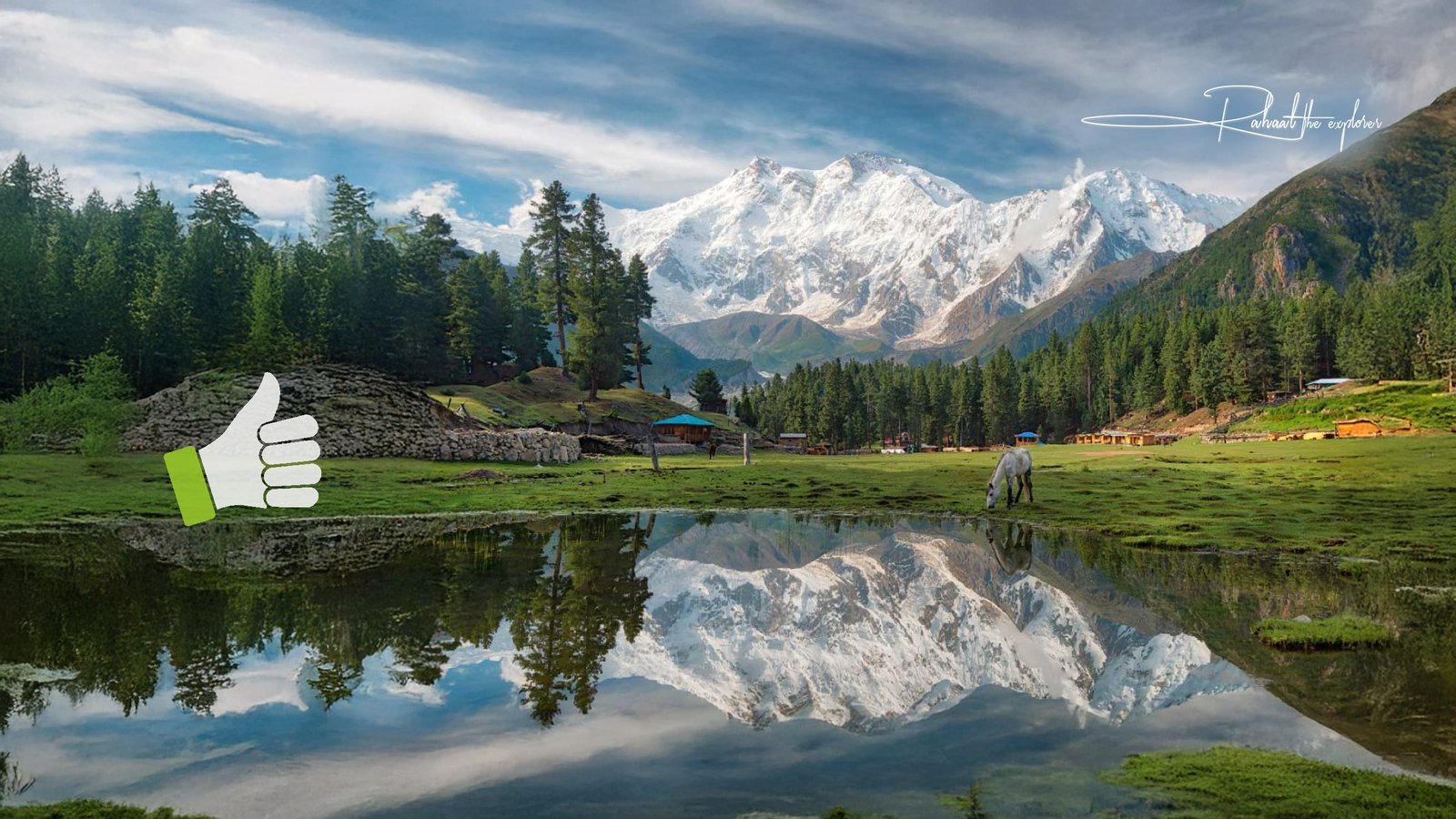Introduction: The Beauty and Diversity of Mexico
Mexico is a land of contrasts — where ancient civilizations meet modern cities, and natural wonders coexist with vibrant cultural traditions. For travelers seeking a rich blend of history, architecture, and adventure, landmarks in Mexico offer a journey through time and imagination.
From the awe-inspiring Mayan ruins of Chichen Itza to the artistic streets of Guanajuato, and from Mexico City’s Zócalo to the turquoise beaches of Tulum, every destination tells a story that captivates the heart.
In this guide, Rahaal the Explorer dives deep into Mexico’s most famous landmarks — both popular and hidden gems — to help you plan an unforgettable journey across this colorful country.
Why Visit Landmarks in Mexico?
Mexico is more than just a beach destination — it’s a treasure trove of UNESCO World Heritage Sites, ancient ruins, colonial architecture, and natural wonders.
Visiting landmarks in Mexico allows you to:
- Explore the legacy of the Aztec and Mayan civilizations.
- Experience vibrant colonial cities with Spanish influence.
- Witness natural wonders, from volcanoes to waterfalls.
- Immerse yourself in the local art, cuisine, and traditions that define Mexican culture.
Whether you’re a history buff, an adventurer, or a photographer, Mexico’s landmarks promise inspiration at every turn.
Top 10 Must-See Landmarks in Mexico
1. Chichen Itza – The Crown Jewel of the Maya World
No list of landmarks in Mexico would be complete without Chichen Itza, one of the New Seven Wonders of the World. Located in the Yucatán Peninsula, this ancient Mayan city was once a major center of political, economic, and religious life.
The most iconic structure here is El Castillo (Temple of Kukulcán) — a pyramid that perfectly aligns with the sun during the spring and autumn equinoxes, creating a serpent-like shadow that symbolizes the feathered serpent god.
Travel Tip:
Visit early in the morning to avoid crowds and experience the golden sunrise over the ruins.
2. Teotihuacan – The City of the Gods
Located just outside Mexico City, Teotihuacan is one of the most impressive archaeological sites in the Americas. It’s home to the Pyramid of the Sun, Pyramid of the Moon, and the Avenue of the Dead, offering a glimpse into one of the earliest urban civilizations.
Climbing the Pyramid of the Sun provides panoramic views of the ancient city — a must for any traveler exploring landmarks in Mexico.
Fun Fact:
At its peak, Teotihuacan had a population of over 100,000 people, making it one of the largest cities in the ancient world.
3. The Zócalo – Heart of Mexico City
Also known as Plaza de la Constitución, the Zócalo is Mexico City’s historic and cultural center. Surrounded by colonial buildings, cathedrals, and museums, this square has been a gathering place since the time of the Aztecs.
Here you’ll find the Metropolitan Cathedral, the National Palace, and the remains of Templo Mayor, the main Aztec temple of Tenochtitlan.
Insider Tip:
Visit during national holidays like Día de la Independencia (Independence Day) to witness the plaza come alive with parades, lights, and music.
4. Palenque – The Jungle City of the Maya
Hidden deep in the lush jungles of Chiapas, Palenque is a UNESCO World Heritage Site and one of the most atmospheric landmarks in Mexico.
The ruins here are known for their intricate carvings and architectural sophistication. The Temple of the Inscriptions houses one of the most famous Mayan tombs — that of King Pakal the Great.
Travel Tip:
Combine your visit with a trip to the nearby Agua Azul Waterfalls for a perfect mix of history and nature.
5. Cenotes of the Yucatán Peninsula
The Yucatán Peninsula is dotted with thousands of cenotes — natural sinkholes formed by collapsed limestone caves. These crystal-clear pools were sacred to the ancient Maya and are now popular swimming spots.
Some of the most famous cenotes include Cenote Ik Kil, Cenote Dos Ojos, and Gran Cenote.
Why Visit:
They’re perfect for snorkeling, diving, and photography — a natural wonder among the landmarks in Mexico that blend adventure with serenity.
6. Copper Canyon – The Grand Canyon of Mexico
Located in the state of Chihuahua, the Copper Canyon (Barranca del Cobre) is a vast network of canyons larger and deeper than the Grand Canyon in the U.S.
You can explore it aboard the El Chepe Train, one of the world’s most scenic rail journeys, passing through breathtaking cliffs, waterfalls, and indigenous Tarahumara villages.
Best Time to Visit:
October to March, when the weather is mild and the canyon’s colors are most vibrant.
7. Guanajuato – A Colorful Colonial Gem
The city of Guanajuato is a UNESCO World Heritage Site known for its colorful hillside houses, underground tunnels, and baroque architecture.
Key landmarks include the Juárez Theater, Basilica of Our Lady of Guanajuato, and the Monument of Pipila, which offers stunning panoramic views.
Fun Experience:
Visit during the Cervantino Festival, one of Latin America’s largest cultural celebrations.
8. Monte Albán – The Ancient Zapotec Capital
Perched on a mountain overlooking Oaxaca Valley, Monte Albán was once the political and cultural heart of the Zapotec civilization.
The site includes plazas, temples, ball courts, and tombs — all offering sweeping views of the valley below.
Cultural Highlight:
Combine your visit with exploring Oaxaca City, famous for its indigenous crafts, mezcal, and traditional cuisine.
9. Tulum – Ruins by the Caribbean Sea
Few places in the world offer a view as stunning as the Tulum Ruins. These Mayan remains sit on a cliff overlooking the turquoise waters of the Caribbean Sea.
Tulum was once a walled city and a major trading port. Today, it’s one of the most photogenic landmarks in Mexico, attracting travelers from around the world.
Travel Tip:
Visit early in the morning or late in the afternoon for cooler temperatures and better light for photos.
10. El Arco de Cabo San Lucas – The Arch of Baja California
Located at the southern tip of the Baja California Peninsula, El Arco (The Arch) is a natural rock formation where the Pacific Ocean meets the Sea of Cortez.
It’s a favorite spot for boat tours, snorkeling, and romantic sunset views.
Best Time to Visit:
Between December and April, when you can also spot whales in the nearby waters.
More Notable Landmarks in Mexico
- Frida Kahlo Museum (Casa Azul), Mexico City – The famous artist’s home turned museum.
- Catedral de Puebla – A masterpiece of colonial architecture.
- Isla Mujeres – Known for its beaches and underwater museum (MUSA).
- Paricutin Volcano – One of the world’s youngest volcanoes, born in 1943.
- Sumidero Canyon, Chiapas – A dramatic natural gorge with towering cliffs.
Tips for Visiting Landmarks in Mexico
- Plan Ahead: Research each site’s opening hours and entrance fees.
- Stay Hydrated: Many landmarks are in hot regions — carry water.
- Hire Local Guides: They offer deeper insights into history and culture.
- Respect the Sites: Avoid climbing or touching ancient structures.
- Try Local Food: Each region has unique dishes — from tacos al pastor in Mexico City to cochinita pibil in Yucatán.
Best Time to Explore Landmarks in Mexico
- November to April: Ideal for most regions — dry and mild weather.
- May to September: Rainy season but fewer tourists and lush scenery.
- Festivals: Plan your visit around events like Día de los Muertos or Semana Santa for a cultural immersion.
Safety and Travel Tips
While Mexico is generally safe for tourists, always take precautions:
- Stick to well-known routes and avoid isolated areas at night.
- Use official taxis or rideshare apps.
- Keep copies of travel documents.
- Learn a few Spanish phrases — locals appreciate the effort!
FAQs About Landmarks in Mexico
Q1: What is the most famous landmark in Mexico?
The most famous landmark in Mexico is Chichen Itza, a UNESCO World Heritage Site and one of the New Seven Wonders of the World.
Q2: Are landmarks in Mexico safe to visit?
Yes, most landmarks are safe, especially in tourist regions. Follow basic safety guidelines and stay alert.
Q3: What are the best cities to explore landmarks in Mexico?
Top cities include Mexico City, Oaxaca, Merida, Guanajuato, and Cancun.
Q4: Do I need a guide to visit archaeological sites?
While not mandatory, hiring a guide helps you understand the cultural and historical context better.
Q5: Can I visit all major landmarks in one trip?
Mexico is vast — plan regional trips (Yucatán, Central Mexico, Baja California) for efficient travel.
Q6: What should I pack?
Light clothing, sunscreen, comfortable shoes, a hat, insect repellent, and your camera!
Conclusion: Explore the Soul of Mexico
Every traveler who visits landmarks in Mexico discovers a piece of its soul — from the ancient pyramids that whisper Mayan myths to the modern plazas that pulse with mariachi rhythms.
Mexico’s landmarks are not just physical places — they’re experiences that connect you to centuries of culture, courage, and creativity. Whether you stand beneath the grandeur of Chichen Itza or gaze at the Pacific from El Arco, you’ll feel why this country captures the hearts of travelers worldwide.
So pack your bags, bring your curiosity, and let Rahaal the Explorer guide you to the best landmarks in Mexico that make every journey unforgettable.


